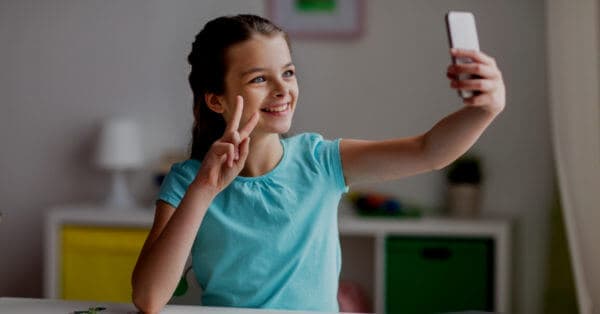How do live streaming apps work and are they risky for children?
There is growing interest in “live streaming” apps as they become mainstream through platforms such as Facebook. Apps such as TikTok, move the functionality offered by their platform away from recording to live broadcast. This is a logical progression of the technology available – as mobile data speeds increase considerably and wifi is increasingly freely available the capacity in the network to allow one to live broadcast from their mobile is easily possible.
The platform providers then wrap interaction features around the streaming functionality, so people can share their streams with friends, or perhaps people they don’t know and allow them to “like” and comment upon what is going on in the broadcast.
While there have been some high profile cases of extremely harmful behaviours being broadcast using live stream, as with all things social technologically related, they are, of themselves, entirely harmless. They simply provide another way to interact online. However, the behaviour that such platforms encourage, as a result of instant behaviour and instant feedback, are things that we need to reflect upon, particularly when considering the risk to children and young people.
In the same way, we are unlikely to agree to place a live camera into a child’s bedroom, we need to reflect on whether having live streaming capability on a child’s device is a good idea. Of course, the majority of the time children will simply be using these things to interact with friends. But potentially this is an environment where anyone can look at children and ask them to interact with them.
As such, these are not platforms with which children should engage unsupervised – parents should supervise the use of such platforms for such younger children. This doesn’t mean they have to be “on camera”, but they should be in the same location. Even for older (teenage) children, it is worth being aware of who they are streaming to, and why they are doing so. Doing stupid things for “likes” is one thing, being coerced into harmful behaviours is something different and we need to be making young people aware that just because they are asked to do something, that doesn’t mean they have to do it!



Thanks! This article is very helpful. Now that live streaming is gaining a lot of recognitions it also important to be mindful in its effects. I hope many can get a chance to see and read this informative blog as this is very helpful.
[…] avoid sharing too much with this feature, talk to them about how to live stream safely. See our expert tips on live streaming for […]
Visit Yubo website